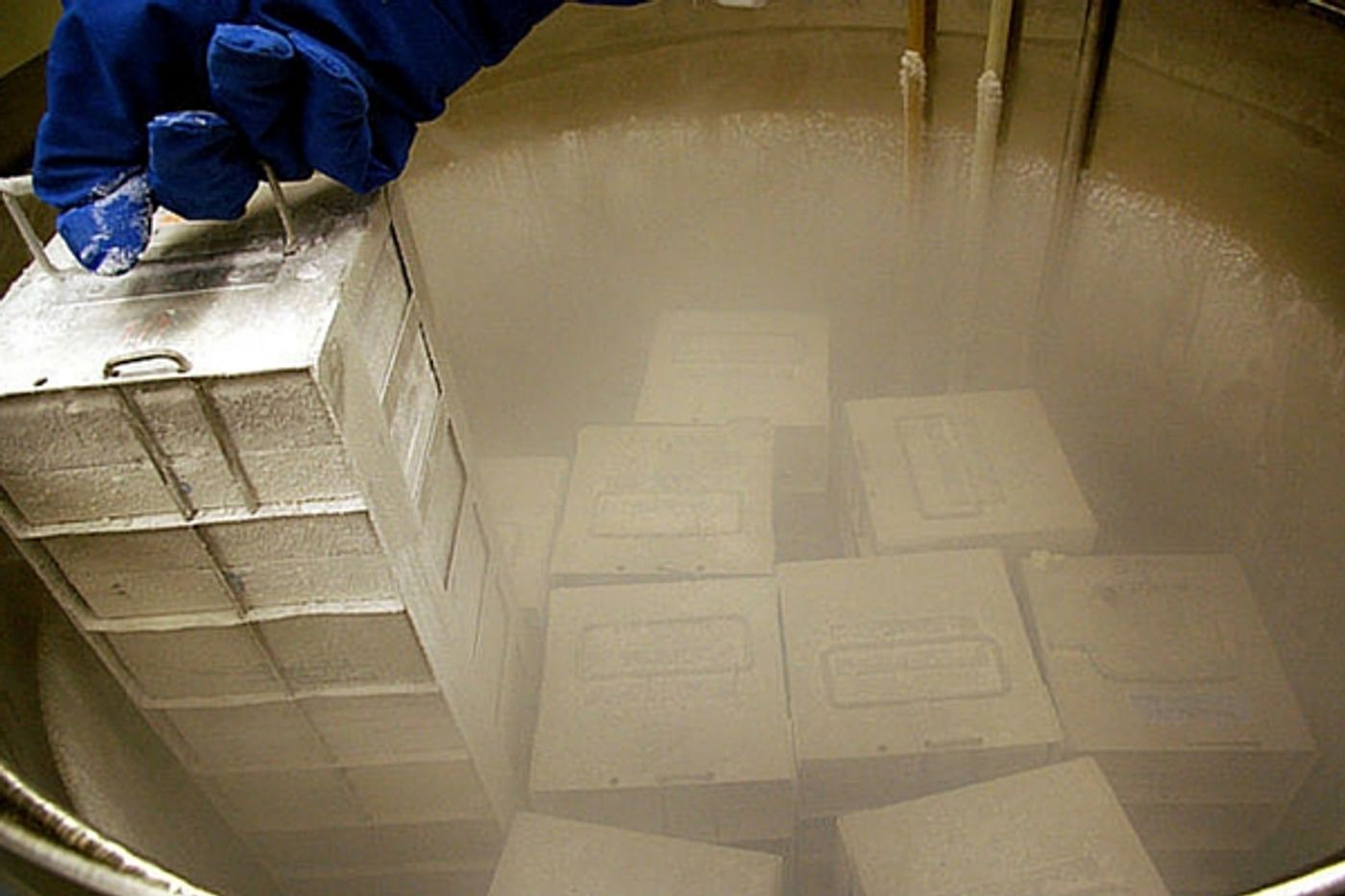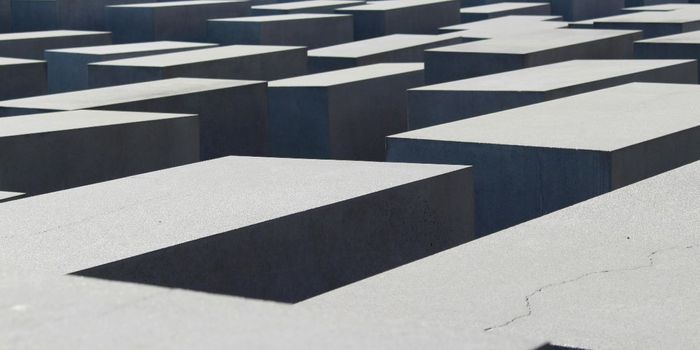While the concept of cryopreservation is usually found only in the plots of science fiction movies, it could be getting closer to science fact. 21
st Century Medicine, a company in Fontana, CA has been awarded the Small Mammal Brain Preservation Prize by the Brain Preservation Foundation. The team at 21CM froze the brain of a rabbit and was able to later warm the brain, with little to no damage to the neuronal network. It’s a first in neuroscience, and it’s getting a lot of notice.
Robert McIntyre, an MIT graduate, led the team from 21CM and authored the paper on the process which was published in the
December 2015 issue of the journal Cryobiology.
The success was due to a new technique used, called Aldehyde-stabilized cryopreservation or ASC. Normally, freezing tissue results in dehydration that destroys cells in the tissue, preventing it from being functional when re-warmed. The process used by the team at 21CM involved injecting chemicals as a protectant into the vascular system of the rabbit to prepare it for being frozen. The substance glutaraldehyde is a thick liquid that causes proteins in the brain tissue to bind together. Following that, ethylene glycol, the main ingredient in automotive anti-freeze, is injected to protect the tissue from the harmful effects of cryopreservation.
The freezing process itself was designed to stop the rabid decay at the metabolic level that normally occurs after an animal has died. The brain was cooled to a temperature of minus 211 degrees Fahrenheit.
The real test of the process came when the brain was warmed back to normal temperature. At that point the chemicals were removed and the judges at the BPF were able to use an electron microscope to confirm that the cell membranes, intracellular structures and even the synapses between neurons were all intact.
In a press release from the Brain Preservation Foundation, Dr. Kenneth Hayworth, the foundation’s president said, “Every neuron and synapse looks beautifully preserved across the entire brain. Simply amazing given that I held in my hand this very same brain when it was vitrified glassy solid. This is not your father’s cryonics.”
The BPF’s co-founder, John Smart, told
Motherboard.com, “This is a big deal. It’s the first time that we have a procedure that can protect everything neuroscientists think is involved with learning and memory. Given the results announced today, it seems to me that long-term memories are successfully preserved by this technique. This is not yet certain or universally agreed, but seems highly likely from my position.” ()
The Small Mammal Brain Preservation Prize is worth $26, 735. The competition was begun 5 years ago as a challenge from the BPF to the research community to find a way to preserve human tissue without damage. There is currently a prize for Large Mammal Brain Preservation as well, but that has not been awarded yet. Check out the video below to learn more about this are of research and what it might mean for the future of neuroscience.









